
Originally published in the Journal of Financial Compliance by Henry Stewart Publications
written by Gary M. Shiffman, PhD and Christopher Wall
Machine learning and artificial intelligence (ML/AI) technologies have transformed nearly every industry, helping to realize unprecedented efficiency and effectiveness in a variety of tasks once thought the exclusive domain of humans. The financial compliance industry, however, lags its peers in adopting ML/AI tools in spite it being readily available and promising to reduce costs for financial institutions. This paper argues that the reason for delay in adoption is not ignorance of the technology but the lack of a moral consensus around its use in financial com pli ance. The ethics and morality behind the adoption of ML/AI tools and why com-pli ance professionals are discouraged from adopting it in their compliance programs are explored. The paper introduces the trolley car problem and how this explains the lack of a moral consensus of the use of ML/AI in com pli ance. It then explores why, even though machines today can pass the Tur-ing test, machines are not capable of making moral judgments, meaning humans remain responsible for the actions taken by ML/AI. This creates an unprecedented burden about making moral decisions without any real benefit to com pli ance officials who want to do good. The argument is that if regulators change the incentive structure away from conformity to saving lives, and making this the moral regime guiding the use of ML/AI, technology adoption would increase and allow the com-pli ance industry to change the world for the better.
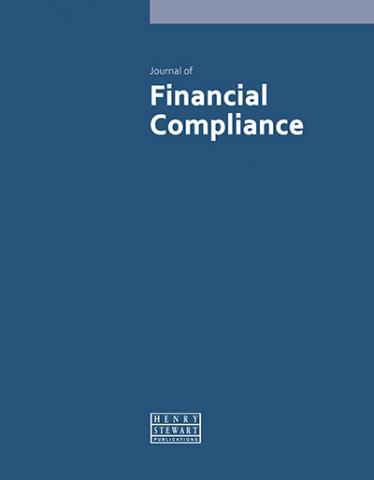
written by Gary M Shiffman, PhD
Winner of the 2020 International Book Awards in the category of History: Military.
How can we understand illicit violence? Can we prevent it?
Building on economic theory, The Economics of Violence begins with the idea that each human is more predictable than we like to believe, and this ability to model human behavior applies equally well to leaders of violent and coercive organizations as it does to each of us.
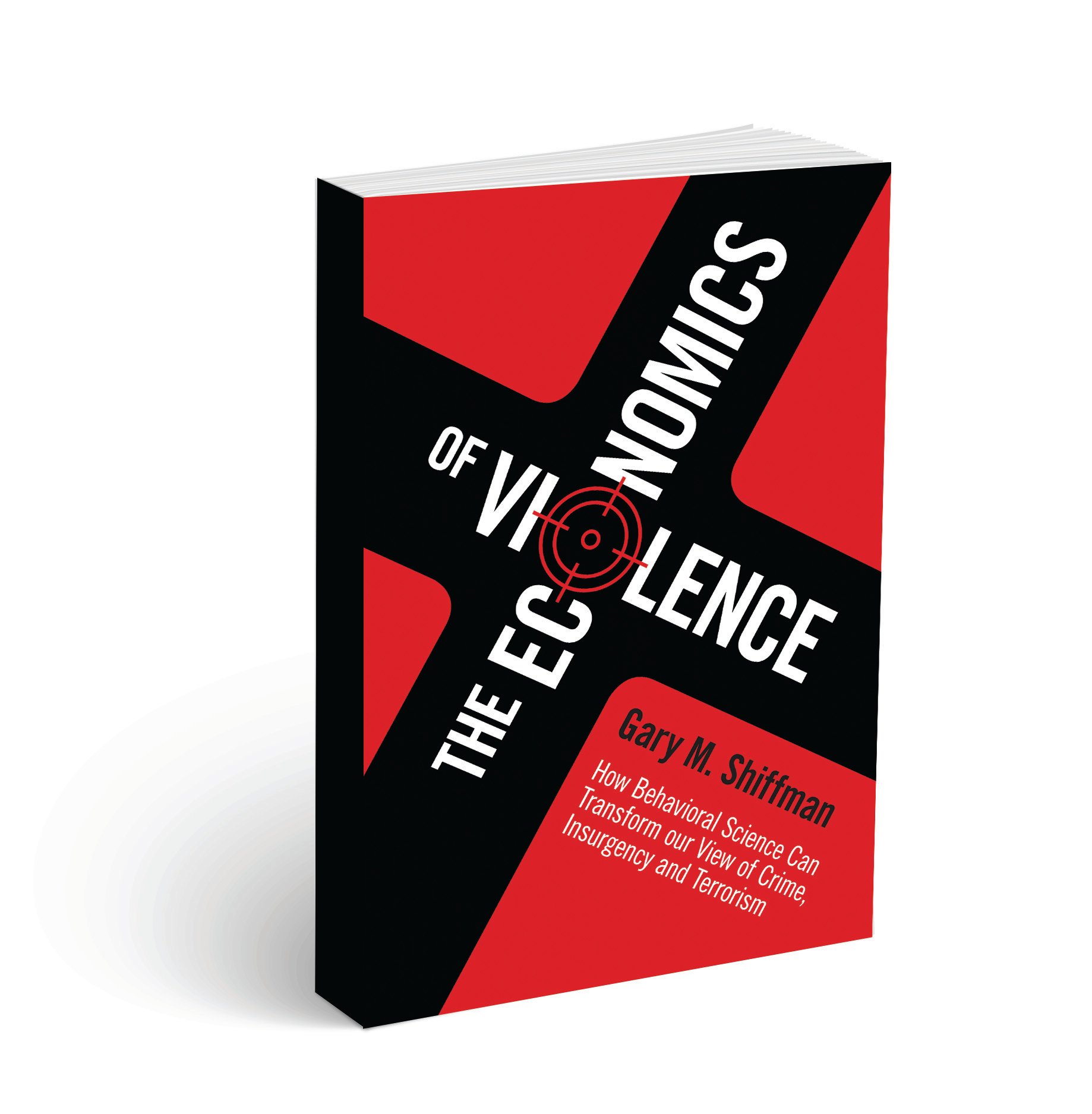
written by Gary M Shiffman, PhD
Governments have at their disposal many economic instruments to promote national security, such as sanctions, foreign aid, international trade, international finance and laws blocking funds for international terrorism. This book examines the use of theses economic policies and addresses how best to measure their effectiveness.
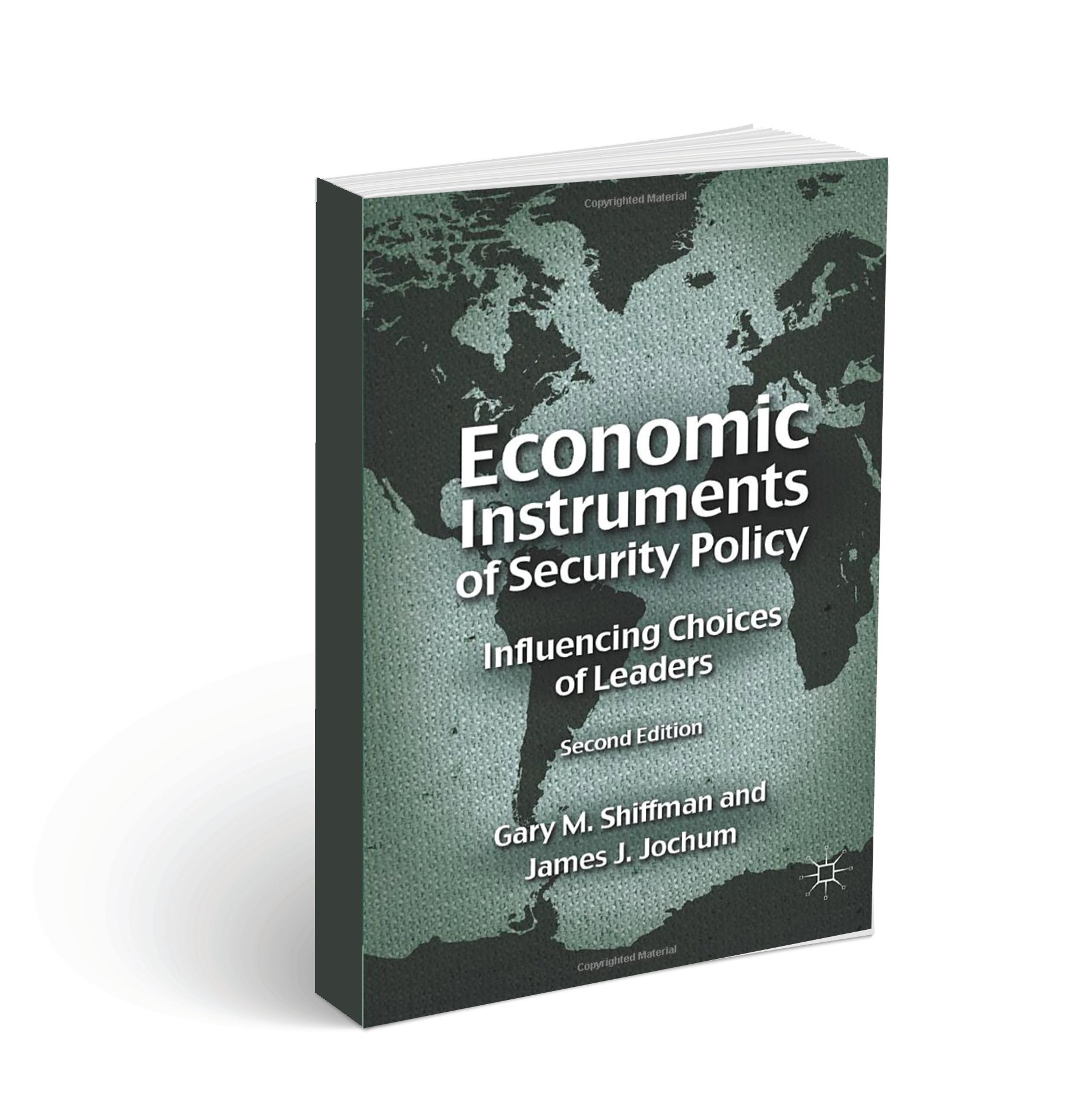
written by Jacob N. Shapiro, Eli Berman, and Joseph H. Felter
Small Wars, Big Data presents a transformative understanding of these contemporary confrontations and how they should be fought. The authors show that a revolution in the study of conflict — enabled by vast data, rich qualitative evidence, and modern methods—yields new insights into terrorism, civil wars, and foreign interventions.
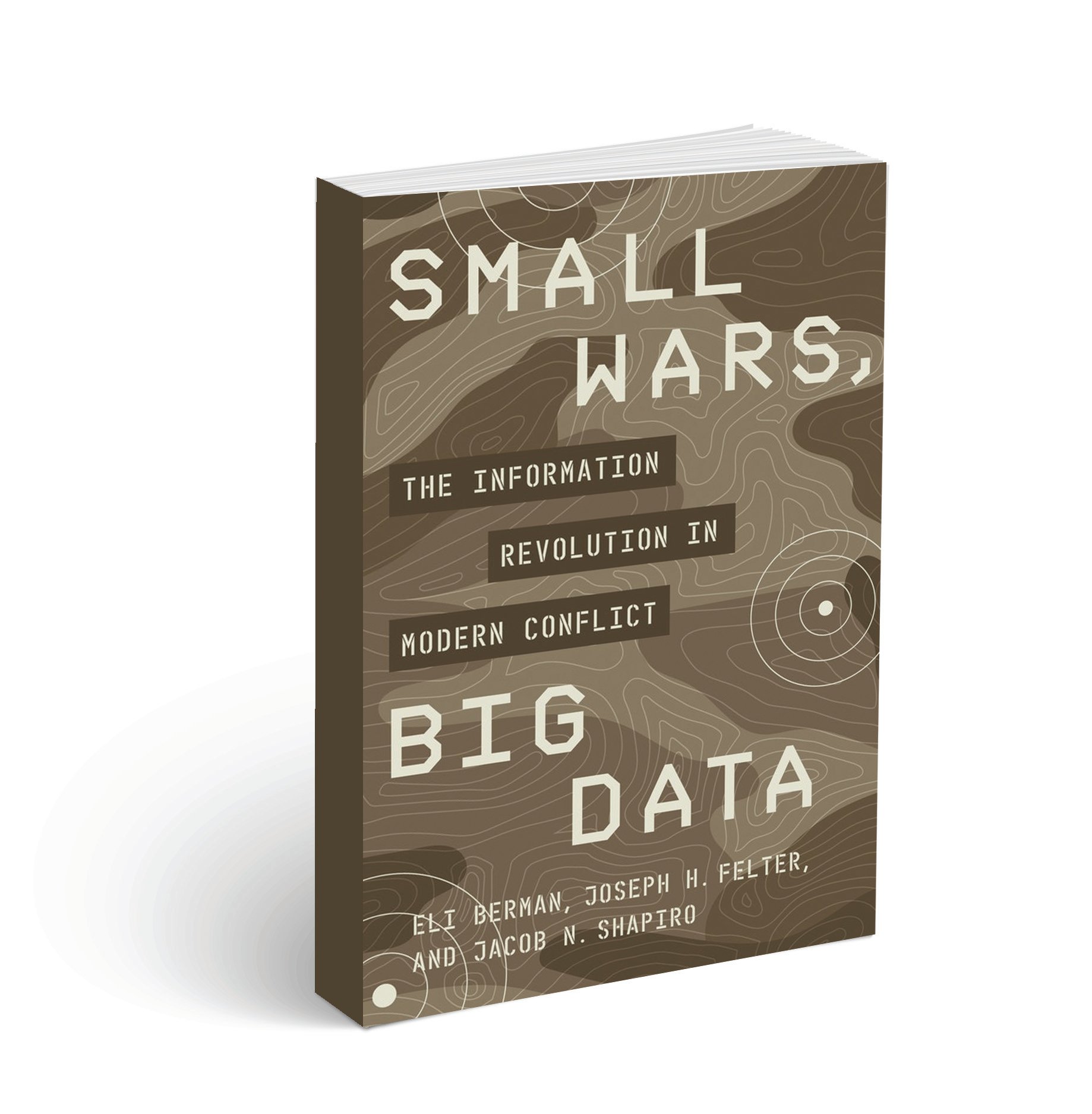
written by Jacob N. Shapiro
The Terrorist’s Dilemma is the first book to systematically examine the great variation in how terrorist groups are structured. Employing a broad range of agency theory, historical case studies, and terrorists’ own internal documents, Jacob Shapiro provocatively discusses the core managerial challenges that terrorists face and illustrates how their political goals interact with the operational environment to push them to organize in particular ways.
written by Gregory DeAngelo, Jacob N. Shapiro, Jeffery Borowitz, Michael Cafarella, Christopher Re, and Gary Shiffman
Abstract
The movement of many human interactions to the internet has led to massive volumes of text that contain high-value information about individual choices pertaining to risk and uncertainty. But unlocking these texts’ scientific value is challenging because online texts use slang and obfuscation, particularly so in areas of illicit behavior. Utilizing state-of-the-art techniques, we extract a range of variables from more than 30 million online ads for real-world sex over four years, data significantly larger than that previously developed. We establish prices in a common numeraire and study the correlates of pricing, focusing on risk. We show that there is a 15-19% price premium for services performed at a location of the buyer’s choosing (outcall). Examining how this premium varies across cities and service venues (i.e. incall vs. outcall) we show that most of the variation in prices is likely driven by supply-side decision making. We decompose the price premium into travel costs (75%) and the remainder that is strongly correlated with local violent crime risk. Finally, we show that sex workers demand compensating differentials for the risk that are on par with the very riskiest legal jobs; an hour spent with clients is valued at roughly $151 for incall services compared to an implied travel cost of $36/hour. These results show that offered prices in the online market for real-world sex are driven by the kinds of rational decision-making common to most pricing decisions and demonstrate the value of applying machine reading technologies to complex online text corpora.

Abstract
We study how easy it is to distinguish influence operations from organic social media activity by assessing the performance of a platform-agnostic machine learning approach. Our method uses public activity to detect content that is part of coordinated influence operations based on human-interpretable features derived solely from content. We test this method on publicly available Twitter data on Chinese, Russian, and Venezuelan troll activity targeting the United States, as well as the Reddit dataset of Russian influence efforts. To assess how well content-based features distinguish these influence operations from random samples of general and political American users, we train and test classifiers on a monthly basis for each campaign across five prediction tasks. Content-based features perform well across period, country, platform, and prediction task. Industrialized production of influence campaign content leaves a distinctive signal in user-generated content that allows tracking of campaigns from month to month and across different accounts.
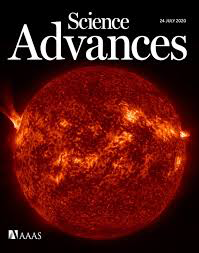
Giant Oak, Inc.
2300 Wilson Boulevard
Suite 700 PMB 142
Arlington, VA 22201
Email: info@giantoak.com
Phone: 703.842.0661